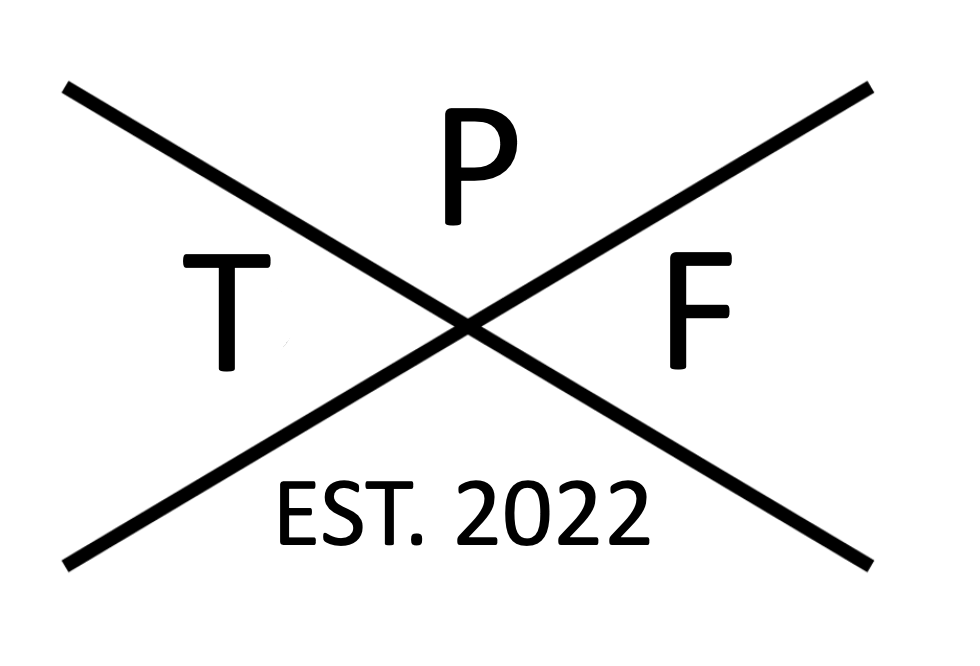The state of the economy has continued to illustrate its strengths and weaknesses over the past couple of months and this week was no exception. The big news this week was that President Biden signed the Inflation Reduction Act. I discussed the bill in last week’s update, but the nearly $750 billion act is now officially law and covers an array of topics but focuses predominately on climate, electric vehicles, strengthening the IRS, and Medicare. The bill’s details are still getting flushed out, especially concerning the electric vehicle (EV) credit. A simple google search will produce countless articles with different information since the government appears to be still catching up with the bill. Suppose you’re considering an EV and want to take advantage of the recently approved credit. In that case, I recommend you do your homework, as initial research shows it can come down to what model and trim package you select if you qualify for the credit. I’ve always lived by the saying, “don’t rush to failure,” so take the time to research if you want to take part in the credit.
Housing data for new homebuilders and existing homes continue to trend negatively overall, showing signs of a possible “housing recession.” These trends have been prompted by the Federal Reserve’s aggressive interest rate hikes throughout the year and significant increase in building costs. As home affordability weakens, the overall market begins to trend negatively. While we’re seeing signs of a cooling housing market from its peak last year, there is still a low supply of homes, keeping home prices from decreasing too drastically. Over time this will begin to normalize as costs come back down and housing supply begins to rise, and we form an equilibrium with demand. Until then, expect elevated prices, but not to what we saw in 2021.
This week we saw retail sales data from many of the major retailers. The overall trend for July was relatively flat. While people showed they are still willing to spend, the economy’s strength is weighing on people’s decisions for big purchases. Luckily, we’ve seen roughly two consecutive months of drops in gas prices. This results in more savings for the everyday person, but we still have a way to go before returning to prices from just a year ago. Overall, for the week, we’ve seen the stock market do reasonably well at times, but the Dow Jones ended relatively flat with a slight loss to end the week. While stock selling happens every day, there were a few significant trades recently that I wanted to highlight. Firstly, Elon Musk sold nearly $7 billion worth of Tesla stock in what he says is the unlikely event the Twitter deals goes through and he acquires the company. This large sell appears to have had minimal impact on Tesla’s stock price, but shares were dragged down, with the Dow ending the week in the red. Some Tesla shareholders remain concerned about what impact purchasing Twitter would have on Musk and Tesla overall, and only time will tell. Secondly, Ryan Cohen (the second largest investor) announced Thursday that he’s selling his stake in Bed Bath & Beyond (BBBY), worth nearly $150 million. On Friday, we saw shares drop roughly 40% in a single day closing at $11.03 per share. The company has struggled since its April 2022 high but showed a significant rally in just the last month. The company has grappled with poor earnings recently, which is likely another sign of the company’s overall strength decreasing.
Inflation continues to be a concern for the economy as prices continue to soar for everyday items. Many people still see the effects on supply chain issues, which is highly evident if you drive past a dealership and see the empty lots. Dealerships are far from the only ones suffering, as it’s common to see your favorite food products out of stock at your local grocery store. The Federal Reserve is still attempting to balance slowing the economy while not putting us into a tailspin and pushing us into a full-blown recession. We have seen two 75 basis point hikes, and when the Fed meets again, we can likely see another interest rate hike. Since the last hike in July, the Fed has signaled that they plan to take aggressive steps to curb inflation and return it to a more suitable percent. The Fed will meet again in September, so we’ll see what actions they take and how their efforts thus far will continue to shape our economy.

